Too many Australian children are being harmed by medicine misadventure. Here’s what pharmacists must do now.
Australian children are experiencing significant medication-related harm. In the last 6 months alone, around 120,000 Australian children aged 0 to 14 experienced an adverse event due to medicines. And every day more than 45 of the presentations to Australian hospitals of children with medicine-related problems are preventable.
So what’s causing this rise in misadventure and how can pharmacists help to protect children from harm?
A panel of experts, whose skills range from lived experience to poisons information, shed light on the issue on the PSA25 Paediatric safety panel.
What are the risks for young children?
Children aged under 5 are particularly vulnerable as they begin to explore the world around them – often with their mouths. In 2024, around 25% of calls to the Victorian Poisons Information Centre involved this age group, James White, a pharmacist expert at the centre told delegates.
The most commonly ingested medicines were paracetamol, ibuprofen, nappy rash products, vitamin compounds and melatonin. Often, the problem isn’t actually the medicine, but how it’s given.
‘The most common call we receive is about double dosing,’ he said. ‘This is often due to a communication breakdown between carers. It usually peaks in the morning, after the workday and at bedtime – we can map the calls to the times when children are receiving the medicine.’
There is also the use of inappropriate dosing devices, such as using a spoon instead of a dosing syringe to measure liquid, or a parent keeping multiple strengths of paracetamol in the house and giving a child the wrong one. Dosing instructions can also be confusing: ‘3 ml daily for 3 days’ can easily be misread as ‘3 times a day’.
Other times, children get stuck into vitamins that are formulated to taste – and look – like lollies. ‘We get a large number of calls about kids who’ve helped themselves to flavoured multivitamins,’ Mr White said. ‘Most of the time, there isn’t enough in them to cause concern, but iron can be an exception.’
While many of the cases he encounters can be managed at home, the emotional toll on families is significant.
‘Most of the time, [children] recover without needing to go to hospital. But it’s still a very traumatic experience for the child and their parents.’
Some cases are more serious, including one call involving a 4-year-old child who had ingested a THC edible created to resemble a gummy sweet.
‘Cannabis can cause significant seizures and respiratory failure in children, and this child ended up in the emergency department,’ he said. ‘He experienced prolonged sedation and spent multiple days in hospital. With those calls, you’re talking a parent through one of the scariest times of their life.’
What trends are driving harm in older children?
As many medicines are not tested in children prior to entering the market, off-label prescribing for children is common. This makes them potentially susceptible to adverse events as medicines are used outside of their approved age, weight, dose, formulation or administration route.
Children were involved in 9% of incidents reported to Pharmaceutical Defence Limited (PDL) in the past year, according to Professional Officer Jess Hadley. There was an increase in harm from psychotropic medicines – particularly in female adolescent patients – and clonidine, which is commonly used off-label for ADHD or other behavioural conditions.
‘There has been a two-fold increase in medication for ADHD use in Australia, and obviously with any increase in medications for children there’s an increased risk of error,’ Ms Hadley said.
‘We have seen issues where the formulation isn’t appropriate. For example, clonidine can be compounded as a liquid or given as a tablet. If it’s prescribed as a tablet, it requires the parent to halve or quarter the dose – to do that accurately can be difficult.’
‘Pharmacists are autonomous health practitioners and if there is ever a prescription we feel isn’t safe or appropriate for the patient, or a dosage that seems to be outside therapeutic guidelines, it needs to be discussed with the prescriber,’ she added.
Mental health and disability advocate Rachael Burns was raised with an unquestioning faith in the health system. But while navigating intersectional mental and physical health challenges throughout her adolescence and early adulthood, she has been harmed by practices that have been done to her, not with her.
‘My experience with medicines has been a very complex one,’ Ms Burns, now 22, said. ‘I’ve been helped by them but also harmed by them – though not in the ways one might typically expect. I was prescribed a medicine that caused an infection, despite having expressed my concerns about errors in dosing with mental health medicines.’
How can pharmacists help to prevent harm?
A key method community pharmacists can use to help prevent medicine harm in children is reinforcing the basics, Mr White said. This includes reminding patients to keep medicines out of sight of children, discard unused medicines safely, always doublecheck the dose and never leave a child unsupervised around medicines – even for a moment.
‘When basic medicine safety principles aren’t followed, that’s when we see errors,’ he said. ‘We get lots of calls where Mum or Dad popped to the toilet for a second and that’s when the child was able to ingest the medicine. As trusted members of the community, pharmacists can really help to get those messages across. Having the Poisons Information Centre number on hand (13 11 26) and referring patients to this is also important.’
Ms Burns’ experiences with pharmacists – far less than her interactions with doctors – have felt ‘a lot more dignified’.
‘It shouldn’t be a rarity to feel heard. In my interactions with pharmacists, they’ve often been more clear and willing to explain things to me. Respect is important for all patients, no matter how old they are,’ she said.
‘There’s a really important role for pharmacists as allies for children and young people, particularly those with mental health challenges.’
What else needs to change?
PSA’s Medicine safety: child and adolescent care report, released in January this year, recommends five practical changes to help ensure children and adolescents can use medicines they need in a safe and effective manner.
According to Ms Hadley, the recommendation to include a pharmacist on all children’s wards in hospitals is ‘the best place to start’.
‘I’m really confident that would significantly reduce the risk of harm,’ she said.
She also advocates for improved systems to detect and prevent medicine errors. ‘For higher risk medicines, or those more prone to error, there should be a requirement that two healthcare professionals sign off, for example a pharmacist and a nurse,’ Ms Hadley said.
‘We also need more standardisation. You might see prednisolone prescribed to a child for asthma, and this is sometimes prescribed as milligrams, sometimes as millilitres – and sometimes it’s written as both. This means the pharmacist needs to convert the dose each time.’
Mr White said the Victorian Poisons Information Centre wholeheartedly supports PSA’s recommendations ‘from an advocacy perspective’ but says there is much more his team could do with the right resources.
‘From a poisons [specialist] perspective, we would recommend more funding. This would mean we could provide more community education, map toxicology trends – we have a lot of information that could be put to use.’




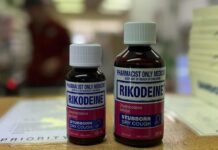
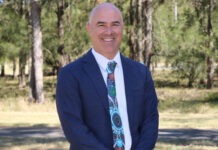
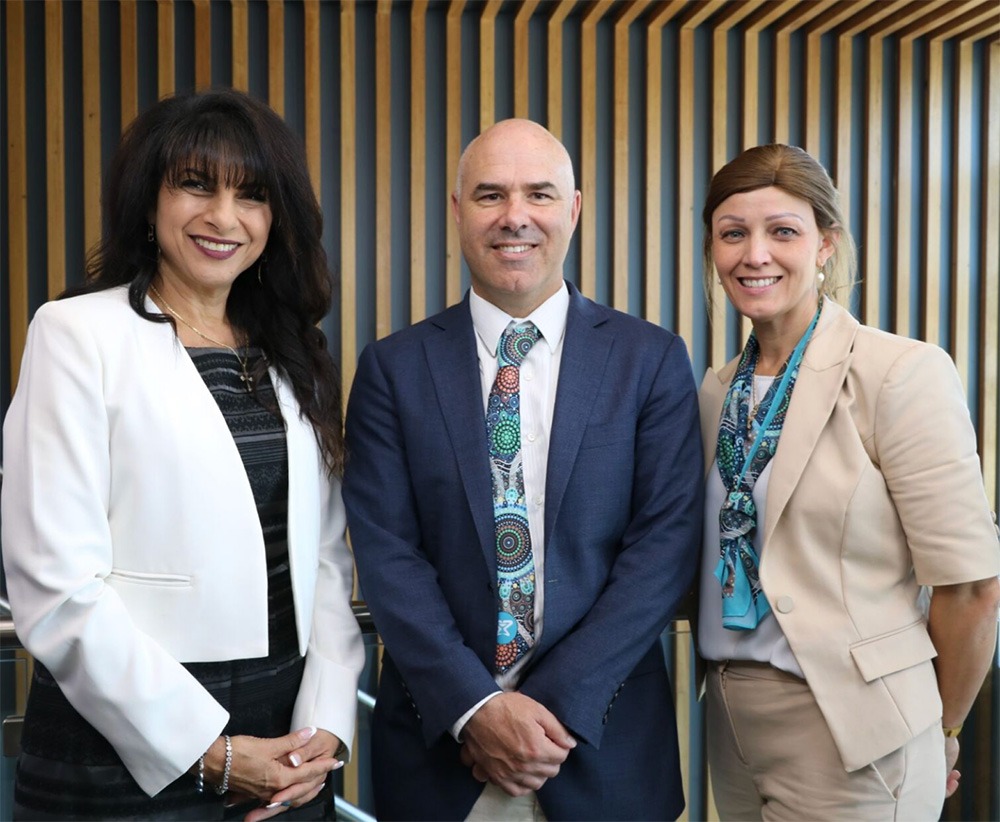 Team PSA 2026: Caroline Diamantis FPS, Prof Mark Naunton MPS and Bridget Totterman MPS[/caption]
Team PSA 2026: Caroline Diamantis FPS, Prof Mark Naunton MPS and Bridget Totterman MPS[/caption]
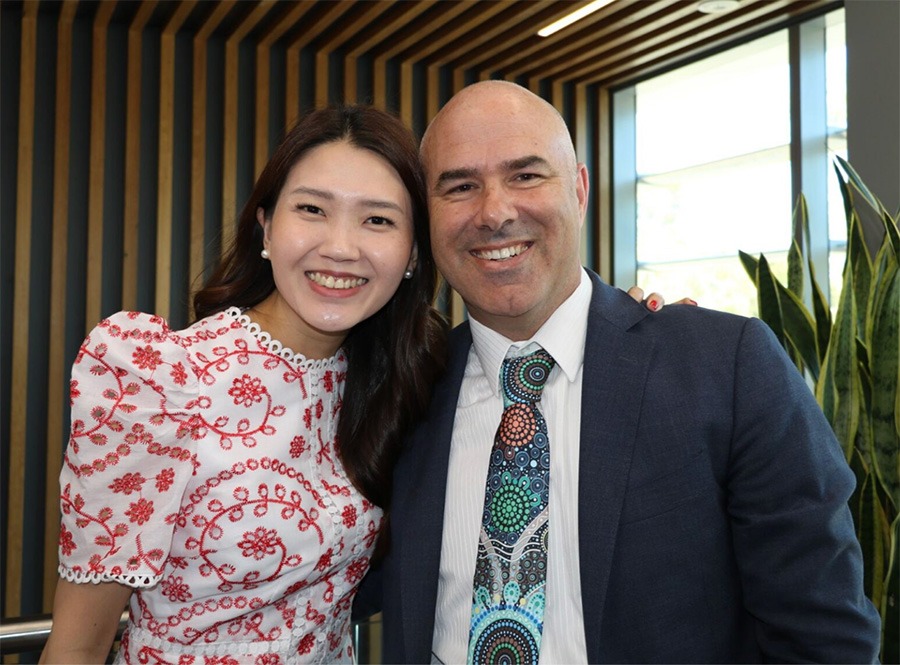 A/Prof Fei Sim and Prof Mark Naunton[/caption]
A/Prof Fei Sim and Prof Mark Naunton[/caption]
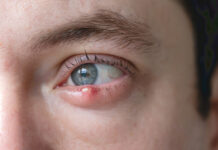
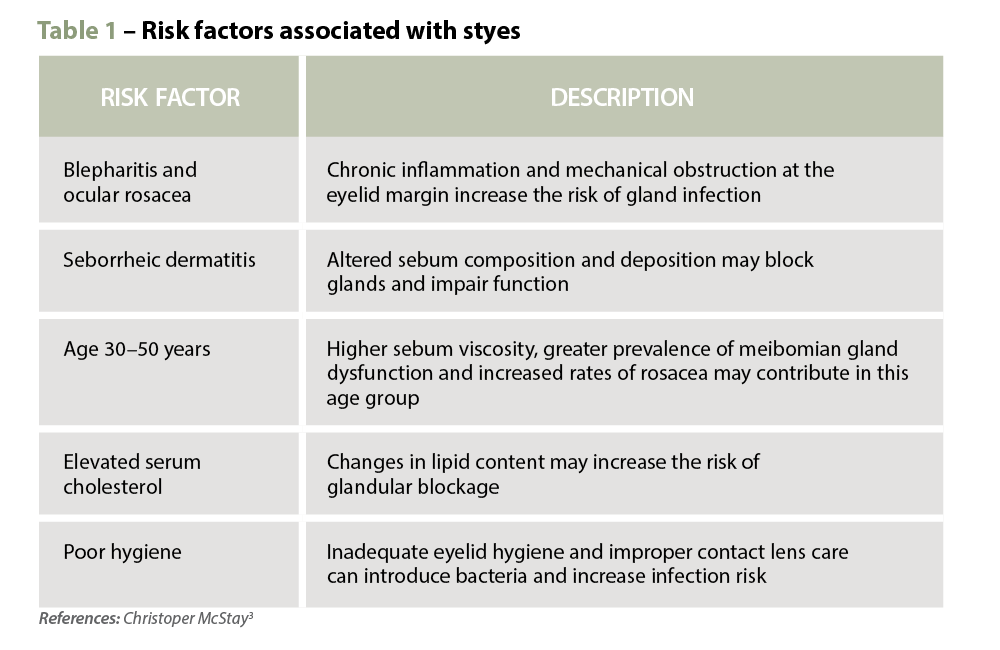 Clinical features
Clinical features 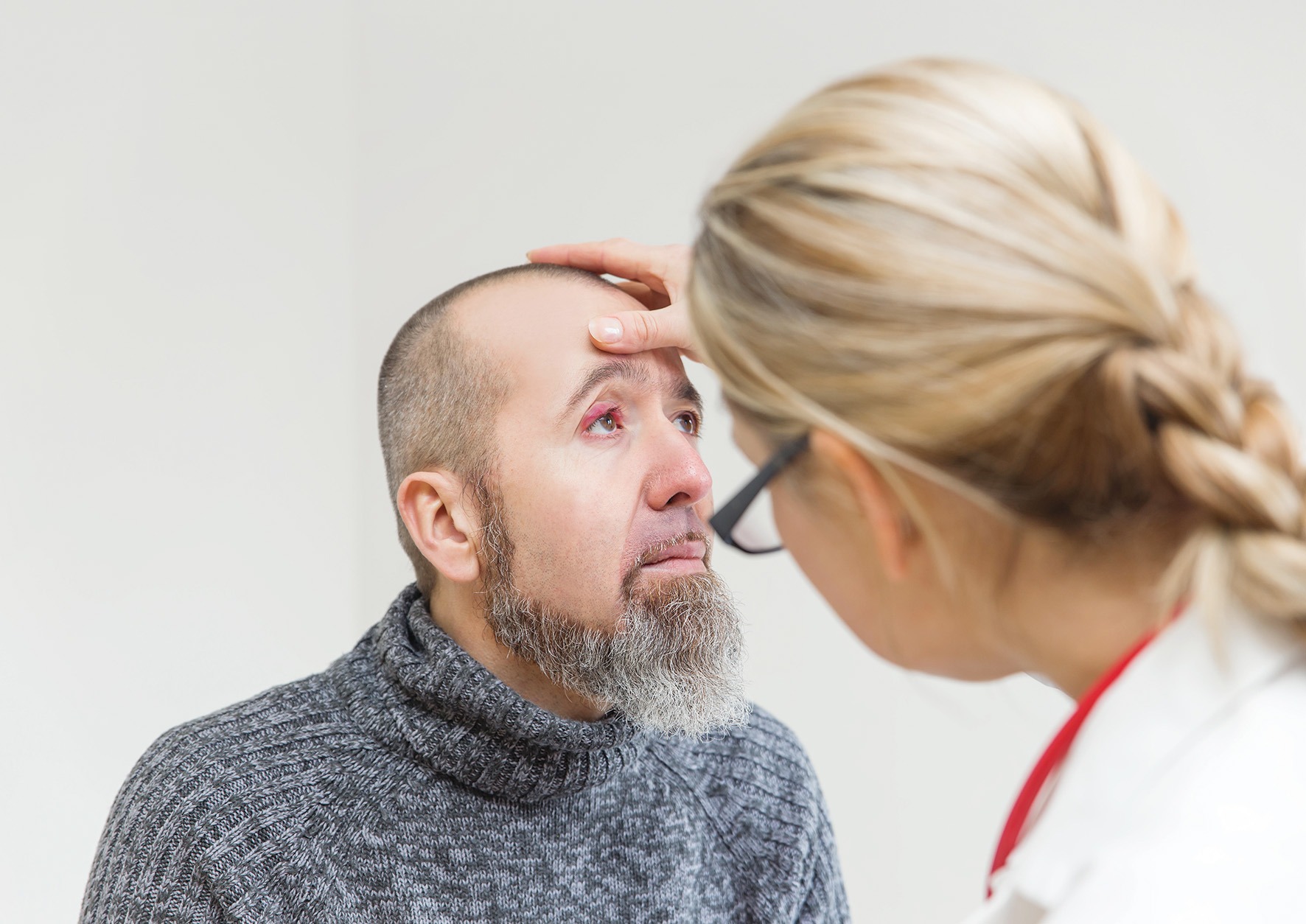 Warm compresses are the cornerstone of treatment, helping to soften the lesion, bring pus to the surface and encourage spontaneous drainage. A clean face cloth soaked in warm (not hot) water should be applied to the closed eyelid for 2–5 minutes, twice daily during the active phase. Once the stye begins to drain, any discharge should be gently wiped away using a clean, warm washcloth. After resolution, continuing warm compresses once daily may help prevent recurrence.2
Warm compresses are the cornerstone of treatment, helping to soften the lesion, bring pus to the surface and encourage spontaneous drainage. A clean face cloth soaked in warm (not hot) water should be applied to the closed eyelid for 2–5 minutes, twice daily during the active phase. Once the stye begins to drain, any discharge should be gently wiped away using a clean, warm washcloth. After resolution, continuing warm compresses once daily may help prevent recurrence.2 





